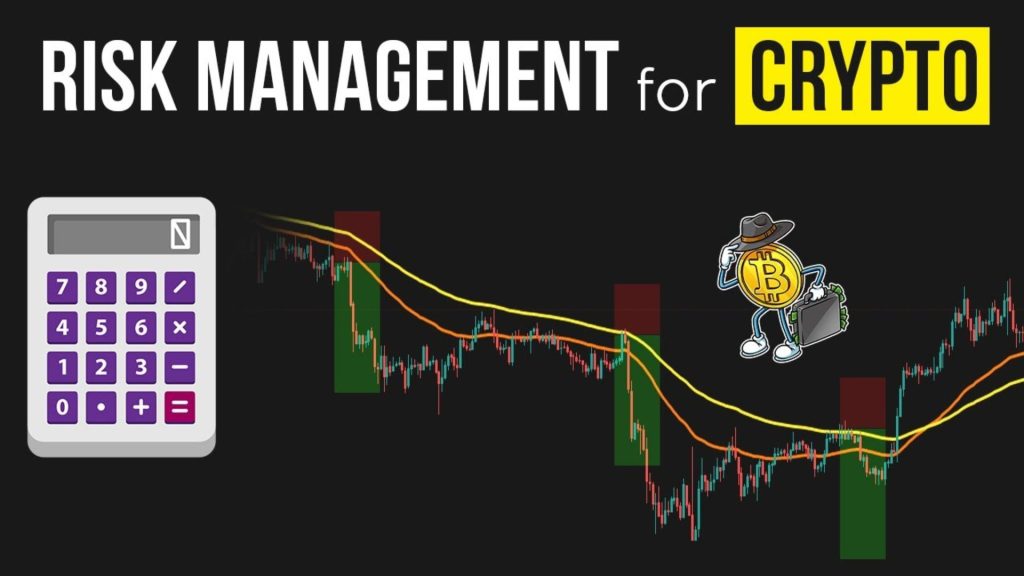Cryptocurrency offers exciting opportunities for growth, but it is also one of the most volatile markets in modern finance. Prices can change dramatically in minutes, driven by news events, investor sentiment, or technical factors. Without a clear plan to manage these risks, investors can face losses that are difficult to recover from.
Risk management is not just about avoiding mistakes; it is about building a framework for making informed, consistent decisions. In the unpredictable world of crypto, having a plan can turn a chaotic environment into one that works in your favor.
Secure Storage is the First Step
Before thinking about market strategies, securing your digital assets should be your top priority. Storing cryptocurrency in a cold wallet keeps it offline and safe from most online threats, such as hacking or phishing attacks. This step is vital because even the best investment strategies mean little if your assets are vulnerable.
Good security habits also include using strong passwords, enabling two-factor authentication, and keeping recovery phrases in a safe location. Protecting your holdings allows you to focus on your investment strategy without constantly worrying about security breaches.
Diversify Your Portfolio
One of the most effective ways to manage risk is through diversification. This means spreading investments across different types of assets rather than placing all your funds into one cryptocurrency. By holding a mix of coins, tokens, and possibly even non-crypto assets, you reduce the impact of any single asset’s poor performance on your overall portfolio.
Diversification does not guarantee profits, but it does help balance the potential ups and downs of a volatile market. It is a classic principle of investing that remains highly relevant in the digital asset space.
Set Clear Position Sizes
Position sizing is about deciding how much of your capital to allocate to each investment. By limiting the amount invested in a single trade, you prevent one bad decision from significantly harming your overall portfolio.
Many experienced investors follow rules such as never investing more than a set percentage of their portfolio in one asset. This approach helps maintain control and reduces emotional decision-making, especially during periods of high market volatility.
Use Stop-Loss and Take-Profit Levels
Because cryptocurrency prices can move quickly, it is helpful to set predefined points where you will sell to either protect against losses or lock in profits. Stop-loss orders automatically sell your holdings if the price drops to a certain level, limiting potential losses. Take-profit orders work in the opposite way, ensuring you secure gains once your target is reached.
These tools allow you to remove some emotion from the process and stick to your strategy, even during dramatic market swings.
Stay Informed
Information moves fast in the crypto industry, and news events can instantly affect market prices. Regulatory updates, new technology developments, or even large transactions can shift the market. Staying informed through reputable news sources and research helps you make better decisions and adjust your strategy when needed.
Regularly following market trends also allows you to anticipate potential changes and position your portfolio to take advantage of them rather than reacting too late.
Keep Emotions in Check
Fear and greed are two of the biggest threats to any investor. The fear of missing out can cause investors to buy into assets at inflated prices, while panic can push them to sell too soon. Both behaviors often lead to poor results.
To counter emotional decisions, create a written plan for when you will enter and exit positions. Review and stick to your rules, even when the market feels unpredictable. This discipline can help you avoid costly mistakes.
Review and Adjust Your Strategy
The crypto market evolves quickly, and your investment strategy should evolve with it. Regularly reviewing your portfolio ensures it still aligns with your financial goals and risk tolerance. If certain assets have grown too large compared to the rest of your holdings, consider rebalancing to maintain your intended level of diversification.
Adjustments should be based on data and long-term goals, not short-term emotions. Over time, this steady approach helps keep your portfolio healthy and balanced.
Focus on Long-Term Success
While short-term gains can be tempting, building lasting wealth in crypto often comes from a long-term perspective. Holding a balanced portfolio, managing risks carefully, and making consistent decisions will often produce better results than chasing the latest market trend.
Long-term success depends on patience, discipline, and the ability to adapt without abandoning your core principles. By focusing on sustainability rather than quick wins, you increase your chances of building a secure financial future.
Final Thoughts
Risk management is not just an extra step in cryptocurrency investing; it is the foundation that supports everything else. By prioritizing security, diversifying investments, setting clear position sizes, using stop-loss and take-profit orders, staying informed, controlling emotions, and regularly reviewing your strategy, you create a framework for navigating the market confidently.
In a space where change is constant, preparation is your best ally. By treating risk management as an ongoing process rather than a one-time task, you can protect your investments while still taking advantage of the opportunities that the crypto market has to offer.

